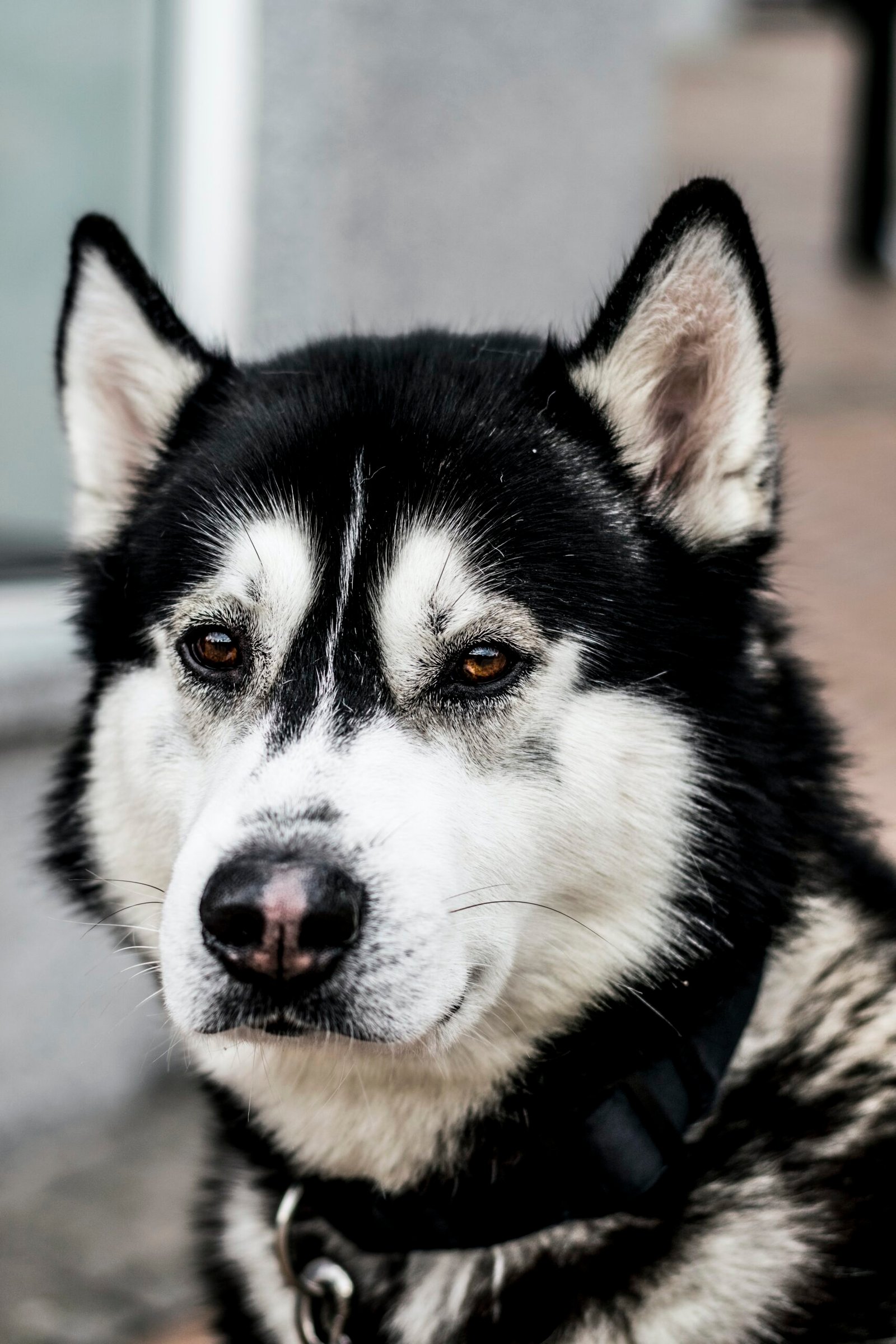
Proven Dog Training Tips
If you’re a dog owner looking for effective ways to train your furry companion, then this article is for you. Packed with proven dog training tips, this guide will help you build a stronger bond with your pup, promote positive behaviors, and tackle common training challenges. Whether you’re a first-time dog owner or have had canine companions for years, these tips are sure to enhance your training journey and make it a fun and rewarding experience for both you and your four-legged friend. So grab a treat, get ready to learn, and let’s dive into the world of successful dog training together!
Find products like these on Amazon!
1. Positive Reinforcement Training
Positive reinforcement training is a highly effective method for teaching and training your dog. This approach focuses on rewarding desired behaviors to encourage their repetition. By using rewards such as treats, praise, and playtime, you can motivate your furry friend and strengthen the bond between you.
1.1. Using Rewards
Using rewards is a key component of positive reinforcement training. When your dog performs a desired behavior, reward them immediately with a treat or verbal praise. The rewards should be something that your dog finds motivating and appealing. By consistently rewarding good behavior, your dog will associate the behavior with positive outcomes, making them more likely to repeat it in the future.
1.2. Clicker Training
Clicker training is a specific type of positive reinforcement training that utilizes a clicker as a signal to identify and reinforce desired behaviors. The clicker is a small handheld device that makes a distinct clicking sound when pressed. By pairing the click sound with a reward, such as a treat, your dog learns to associate the click with positive reinforcement. This method allows for precise timing, making it easier for your dog to understand which behavior is being rewarded.
2. Consistency and Patience
Consistency and patience are vital in dog training. Dogs thrive on routine and predictability, so establishing consistent rules and boundaries will help them understand what is expected of them. It’s important to remember that training takes time and patience. Each dog learns at their own pace, so be patient and keep practicing until your dog masters each command or behavior.
2.1. Establishing Routines
Creating a consistent routine for your dog is crucial for successful training. This includes feeding, exercise, playtime, and training sessions. By following a set schedule, your dog will develop a sense of structure and understand what is expected of them. Consistency in routine helps your dog feel secure and confident in their environment, making training more effective.
2.2. Setting Clear Rules and Boundaries
Setting clear rules and boundaries is essential for teaching your dog proper behavior. Dogs need to understand what behaviors are acceptable and which ones are not. Consistently enforcing rules such as no jumping on furniture or no pulling on the leash will help your dog understand their boundaries. Be firm but fair when correcting undesirable behavior, and always reward and praise your dog when they exhibit good behavior.

This image is property of images.unsplash.com.
Find products like these on Amazon!
3. Socialization
Socialization plays a crucial role in your dog’s development and overall behavior. It is important to expose your dog to various environments, people, and other animals from a young age to help them become well-rounded and sociable.
3.1. Early Socialization
Early socialization is essential during the critical developmental stage of your dog’s life, typically between the ages of 3 to 14 weeks. Introduce your puppy to different people, animals, and environments during this time to help them become comfortable and confident in various situations. Socializing your dog early on will help prevent fear, aggression, and anxiety later in life.
3.2. Exposure to Various Environments and People
Continued socialization throughout your dog’s life is vital for maintaining their social skills. Regularly expose your dog to different environments such as parks, busy streets, or crowded areas. Additionally, introduce your dog to a variety of people of different ages, genders, and appearances. By exposing your dog to diverse experiences, you are ensuring they remain comfortable and well-adjusted in various situations.
4. Communication and Body Language
Effective communication is key in dog training. Understanding your dog’s signals and using your own body language effectively can greatly enhance your training sessions and overall relationship with your furry companion.
4.1. Understanding Your Dog’s Signals
Dogs communicate through various signals, both verbal and nonverbal. By paying attention to your dog’s body language, you can better understand their needs, emotions, and intentions. Common signals to watch for include tail wagging, ear positioning, and vocalizations. For example, a wagging tail typically indicates a happy and relaxed dog, while flattened ears may indicate fear or aggression. By understanding your dog’s signals, you can respond appropriately and adjust your training methods accordingly.
4.2. Using Your Body Language Effectively
Your body language plays a significant role in how your dog interprets and responds to your commands. Dogs are highly observant and can pick up on subtle cues from your body language. Maintain an open and relaxed posture, use consistent hand signals for commands, and make eye contact with your dog to convey your intentions clearly. By using confident and calm body language, you can help your dog feel more secure and receptive to your training efforts.

This image is property of images.unsplash.com.
5. Basic Obedience Commands
Teaching basic obedience commands is essential for ensuring your dog’s safety and well-being. These commands provide the foundation for more advanced training and help establish a clear line of communication between you and your dog.
5.1. Teaching Sit, Stay, and Lie Down
The commands “sit,” “stay,” and “lie down” are fundamental obedience commands that every dog should learn. Start by teaching your dog to sit on command. Hold a treat above their head and slowly move it backwards, causing your dog to naturally sit down. As they sit, say the word “sit” and reward them with the treat. Repeat this process until your dog understands the command. Similarly, teaching “stay” and “lie down” follows similar principles of positive reinforcement training. Consistency is key, so practice these commands regularly until your dog responds reliably.
5.2. Teaching Come and Leave It
The commands “come” and “leave it” are important for your dog’s safety and behavioral control. Teaching your dog to come when called allows you to have control in potentially dangerous situations or when off-leash. Begin by calling your dog’s name in an enthusiastic tone and rewarding them with a treat and praise when they come to you. “Leave it” is used to prevent your dog from picking up or approaching something they should not. Start by placing a treat on the ground and covering it with your hand. Say “leave it” and wait for your dog to divert their attention away from the treat. Once they do, reward them with a different treat and praise. Gradually increase the difficulty by using more enticing items for your dog to leave.
6. Leash Training
Leash training is critical for both your dog’s safety and the enjoyment of walks together. Focus on teaching your dog to walk politely on a leash without pulling or lunging.
6.1. Loose-Leash Walking
Start by choosing a comfortable leash and collar or harness for your dog. Begin walking at a slow pace, keeping the leash loose. When your dog begins to pull, stop walking and wait for them to return to your side. Reward your dog with praise and a treat when they are walking calmly by your side. Repeat this process consistently, gradually increasing the duration and distance of your walks. With time and practice, your dog will learn to walk politely on a loose leash.
6.2. Teaching Heel Command
The heel command is a valuable skill for leash training, especially in high-distraction environments. Begin by holding a treat in your hand in front of your dog’s nose. Start walking forward, keeping the treat close to your leg and maintaining a consistent pace. Use a command such as “heel” and reward your dog when they position themselves by your side. Be patient and repeat this process, gradually decreasing the frequency of treats but continuing to reward your dog intermittently for correct positioning. With consistent practice, your dog will learn to walk calmly and attentively by your side.

This image is property of images.unsplash.com.
7. Crate Training
Crate training is a beneficial tool for creating a safe and comfortable space for your dog, as well as aiding in house training and preventing destructive behavior.
7.1. Creating a Positive Association
To introduce your dog to their crate, make it a positive and inviting space. Place their bed, toys, and treats inside the crate to entice them. Leave the door open and allow your dog to explore the crate at their own pace. Encourage them with praise and rewards whenever they voluntarily enter the crate. Gradually increase the amount of time your dog spends in the crate, always providing positive reinforcement.
7.2. Gradual Introduction and Lengthening Crate Time
Once your dog is comfortable entering and spending short periods in the crate, begin closing the door for brief intervals. Stay nearby and provide reassurance if your dog becomes anxious. Gradually lengthen the time your dog spends in the crate, ensuring they have plenty of bathroom breaks and opportunities for exercise and play outside of the crate. With patience and consistency, your dog will view their crate as a safe and secure den-like space.
8. Problem Solving
Every dog may encounter certain behavioral issues that require problem-solving and corrective measures. Common problems include excessive barking, chewing, and jumping on people.
8.1. Barking
Excessive barking can be a nuisance and may indicate various underlying causes such as boredom, fear, or territorial behavior. To address excessive barking, identify the trigger and provide an alternative behavior. For example, when your dog begins to bark, redirect their attention to a toy or command such as “sit” or “down.” Reward them for the desired behavior and consistently address the barking with redirection and positive reinforcement.
8.2. Chewing
Dogs may chew to alleviate teething discomfort or boredom, or out of curiosity. To prevent destructive chewing, provide appropriate chew toys and ensure your dog has regular exercise and mental stimulation. Supervise your dog closely, redirecting them to the chew toy whenever they attempt to chew on inappropriate items. Consistency and patience, along with offering suitable alternatives, will help deter destructive chewing behavior.
8.3. Jumping on People
Jumping on people is often a result of excitement or an attempt to seek attention. Teach your dog an alternative behavior, such as sitting or staying, to redirect their energy. When greeting your dog, ignore their jumping behavior and only give attention and praise when they have all four paws on the ground. Consistently reinforce this behavior and provide alternative outlets for your dog’s enthusiasm, such as interactive play or exercise.
9. Training for Specific Tasks
In addition to basic obedience training, you may wish to teach your dog specific tasks or tricks that align with their capabilities and your lifestyle.
9.1. Potty Training
Housebreaking or potty training is a fundamental aspect of dog training. Establish a routine for bathroom breaks, and consistently reward your dog for eliminating in the appropriate location. Supervise your dog closely and be proactive in taking them outside after meals, naps, and play sessions. With patience and consistency, your dog will learn to associate the desired behavior with positive reinforcement and establish good bathroom habits.
9.2. Teaching Tricks
Teaching tricks is a fun and engaging way to bond with your dog while providing mental stimulation. Start with simple tricks such as “sit,” “shake hands,” or “roll over.” Break down each trick into smaller steps, and reward your dog for successfully completing each step. Be patient and consistent, gradually increasing the difficulty of the trick as your dog progresses. Enjoy the process and celebrate your dog’s accomplishments along the way.
10. Professional Training and Resources
Enrolling in a training class or utilizing online training resources can greatly enhance your dog’s training journey and provide additional support and guidance.
10.1. Enrolling in a Training Class
Attending a training class with a professional dog trainer allows for structured learning and socialization opportunities. Trainers can provide expert guidance, tailor training techniques to your dog’s specific needs, and address any specific behavioral issues. In addition, training classes offer socialization with other dogs, helping your furry friend develop appropriate social skills.
10.2. Utilizing Online Training Resources
Online training resources and videos provide a convenient and accessible way to learn and reinforce training techniques at your own pace. There are various reputable websites, YouTube channels, and online courses available from experienced trainers. These resources offer step-by-step instructions, demonstrations, and troubleshooting tips to help you navigate common training challenges.
Remember, dog training is a journey that requires consistency, patience, and positive reinforcement. By understanding and implementing these proven training tips, you can strengthen the bond with your dog, instill good behavior, and create a harmonious and happy living environment for both of you. Happy training!
Find products like these on Amazon!



-
-
1 month
Tagged Barking, Dogs, Obedience, Training techniques